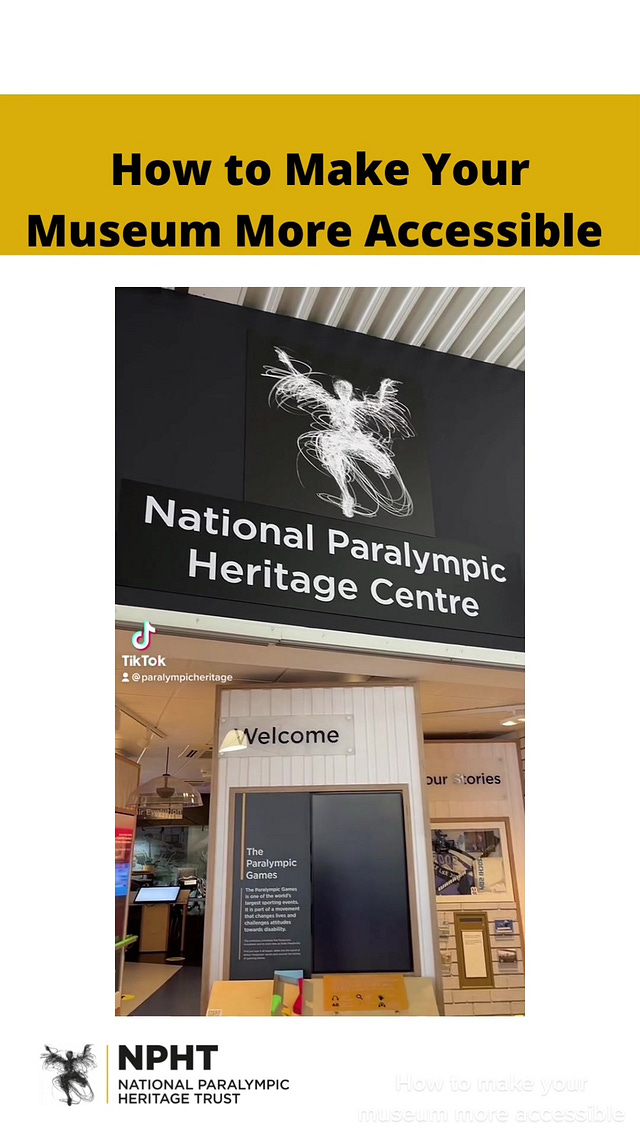Application of Artificial Intelligence in Museums
How are advanced artificial intelligence technologies changing museum Tours?

Artificial intelligence (AI) is an important driving force of technological revolution and industrial change, and it is widely used in many industries and fields, and museums are no exception. As guardians and disseminators of history, culture and art, museums preserve precious historical heritage for mankind. With the development of The Times, museums tend to go digital, while applying artificial intelligence technology to provide visitors with a richer experience and help museums adapt to the rapidly evolving digital environment. From virtual guides and learning tools to data analytics, AI is changing the way museums are managed and operated, as well as providing new interactive experiences for visitors, making museums more engaging and immersive.
Digital management
Social media and a database of collections are at the heart of the museum. Providing more people with access to works of art, masterpieces and information has strengthened the museum's core mission. Artificial intelligence is used backstage to support the museum's work. It is very important for the digital museum to manage a large number of data and collections. This means that in order to establish relations between the same group and others, an in-depth study of the group is needed. Artificial intelligence specializes in fast processing and classification of all types of data using algorithms. Optical recognition algorithms can analyze a huge amount of data and classify works of art to create a consistent catalogue of information. This has greatly enhanced the effectiveness of museum electronic sites and social media platforms. Moreover, automatic learning of artificial intelligence and neural networks is also effective. For example, the National Museum of Norway artificial intelligence to add metadata to its collection by theme, style and composition.
Video: The Natural History Museum in London has digitized 80 million specimens from its natural history collection. Video by Natural History Museum.
"Artificial intelligence will be an important tool for museums in the 21st century to manage massive amounts of data. Visual recognition algorithms can unlock the potential of digital collections of images by labeling, sequencing, and drawing connections within and between museum databases." ——American Alliance of Museums
Data analysis and research
By installing displays with AI technology and computer vision, the museum can gain information on traffic, exhibitors' points of interest, visiting hours and visitors' lifestyle. This data can help museums to highlight visitors' interests, plan future exhibitions and optimise the visitor experience and exhibition environment. In addition, artificial intelligence will help in the management and security of the museum, providing a safe and enjoyable experience for visitors. AI-based sentiment analysis capabilities are important for museum websites and digital media platforms. The analysis of visitors' testimonies allows us to measure their satisfaction and improve the digital platform.
Promote accessibility and inclusion
Artificial intelligence can help the museum to create accessibility and increase inclusiveness. Visual AI functions can provide comprehensive instructions for visually impaired audiences to help them explore museums, examine risk factors, ensure an optimal route, etc. For example, the Museum of Tomorrow in Rio de Janeiro presented a robot called "IRIS + chat robot", which could in real time translate sign language for deaf and mute people and give individual audio recordings for people with limited vision. These robots can answer questions, tell stories, and provide services in multiple languages, making it easy for international visitors to travel without barriers.

 Tiktok failed to load.
Tiktok failed to load.Enable 3rd party cookies or use another browser
Video: Accessibility of the museum. Video by Paralympic Heritage.
Intelligent tour guide
Virtual Tours combined with AR technology and artificial intelligence create an immersive experience for visitors, allowing visitors to see historical relics anytime and anywhere through smartphones or AR glasses. Artificial intelligence provides analysis of the museum's collections, culture, and data, and builds efficient, fluid, and personalized interactions with users. The Dali Theatre Museum was one of the first to use artificial intelligence to provide visitors with virtual exhibitions, using AI and computers to create a realistic virtual reality environment. In 2022, the Louvre launched Leonardo, an artificial intelligence virtual assistant that can provide visitors with personalized Tours and real-time information. This makes the visitor experience more interactive, which enhances the visitor experience.
Video: Pepper is a humanoid robot developed by Aldebaran Robotics that can answer visitors' questions and tell stories using voice, gestures and an interactive touch screen. Video by AldebaranRobots.
Development prospect
Artificial intelligence enables museums to optimize management, improve operational efficiency, and enhance visitor experience, which promotes the development of museums. But while AI holds great promise, there are also some risks. When using AI technology, museums should pay attention to protecting visitors' privacy and data security to avoid legal and ethical issues. Museums need to avoid bias and over-reliance on AI in order to develop effectively.
Video: The Museums + AI Network have a dialogue about the ethics and applications of AI in museums. Video by Museums Victoria.
"Like the Internet era and the digital revolution, AI will quickly create a world of haves and have-nots. I hope the museum industry finds the right side of the equation." ——Angie Judge

